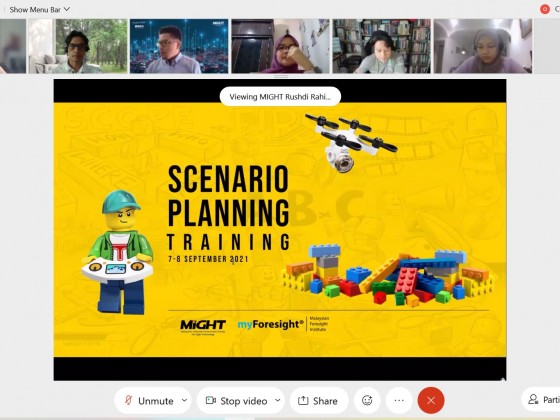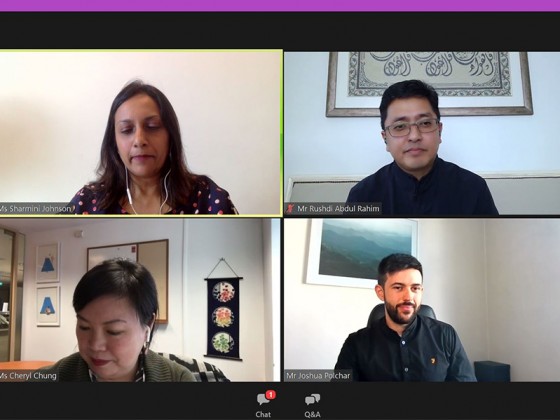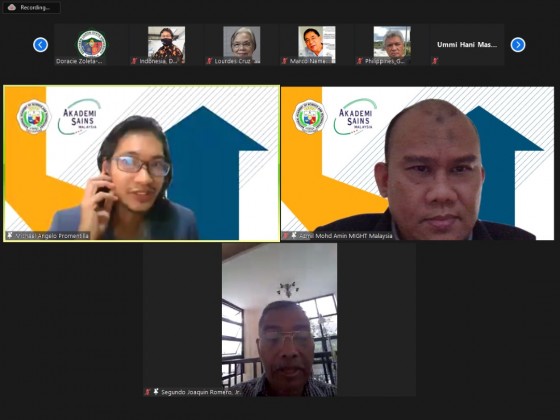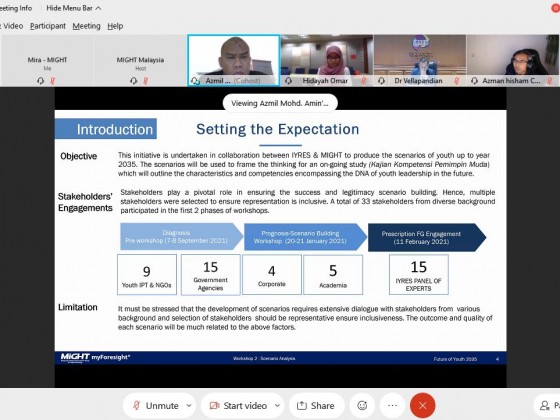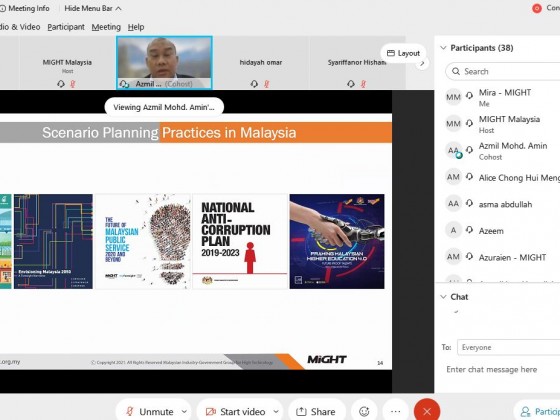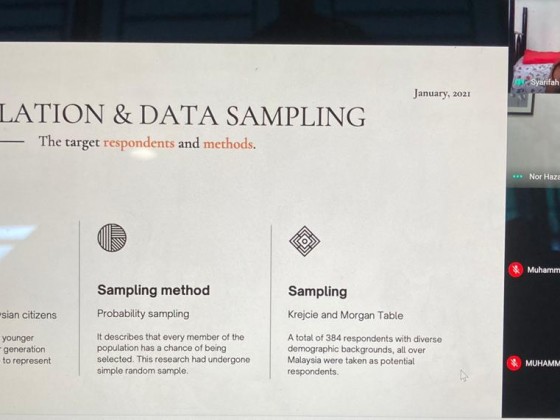myForesight® Scenario Planning Workshop was organized at MIGHT Building, Cyberjaya on 17 August 2010. The workshop was successful, thanks to the involvements of our Focus Groups members that were dedicated in the preparation of alternative futures from the scenario writing activities.
The expected outcome from this workshop is scenarios derived from particular drivers in confluence with the views of the experts. The foresight techniques used in developing scenarios is through exemplifying key trends and drivers as identified from the STEEP analyses. The scenario writing is guided by the scenario planning process and scenario writing checklist. Thinking in scenarios will help us to understand the logic of developments, clarify driving forces, key factors, key players and our potential to exert an influence.
Objectives
A scenario planning workshop allows the participants to
- Exchange information, views and insights
- Identify points of agreement, disagreement and uncertainty
- Create new shared understanding, and
- Develop action plans and other instruments so as to help mobilize future activities
Process
1) Impact Uncertainty Analysis
- Impact Uncertainty analysis is a method to rank the drivers and classified them in terms on impact and uncertainties. The outputs resulted from this exercise is presented in Impact-Uncertainty Chart. The chart is based on principle that a scenario has two primary dimensions
- Uncertainty; a scenario is an event that ‘Likelihood’ occurs. The uncertainty of it occurring can range anywhere from just above 0% to just below 100%. Usually , expert judgment is used to examine the uncertainty levels of each key drivers.
- Impact; the size of the impact varies. The analysis attempts to work systematically through the impact between a set of key drivers, relatively.
2) Cross Impact Analysis
- This analysis is used as an extension to the Key Impact Analysis. A matrix was developed to assess levels of influence (eg weak, moderate, strong) between key drivers in a excel spreadsheet format.
3)Identifying Uncertainty Axis
- The critical output from this stage is a number of ‘axis of uncertainty’ which describe the range of uncertainties for the future, together with the range of possible outcomes. The un certainties are used to define the scenario space and to shape narrative production. Predetermined elements defined strategic issues that need ti be addressed across all the scenarios.
4) Scenario Writing and Planning
- There is a wide range of approaches involving the development and writing of scenarios. In this NTF2010 exercise, scenarios are produces by the workshop conducted. The workshop involves various background of experts assigned in working group to develop an alternative futures. These groups were tasked to focus on a particular key axis uncertainties identified in the earlier process, experts are later required to articulate and elaborate such scenarios written in present of past tense according to a certain criteria.
To view the scenario produced – click here.




